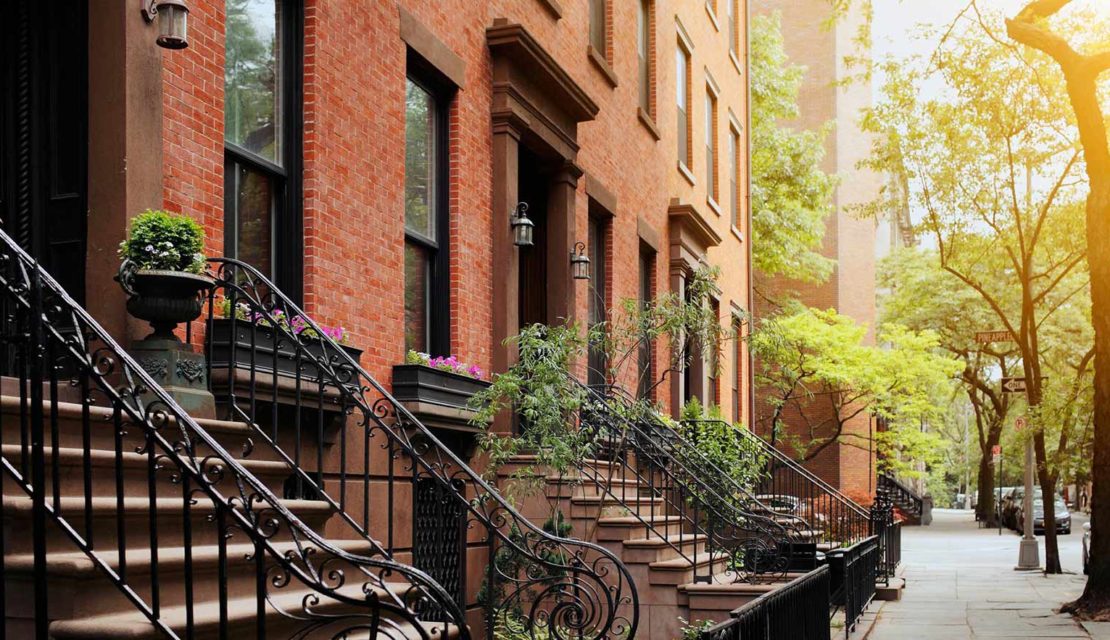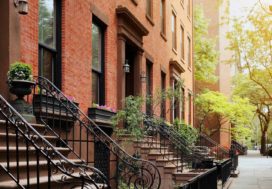Full Width Post

The logo is a rebus borrowed by Milton Glaser from a Montreal radio campaign. CJAD Montreal Quebec Canada ran a campaign entitled “Montreal, the city with a heart”. The logo consists of the capital letter I, followed by a red heart symbol (♥), below which are the capital letters N and Y, set in a rounded slab serif typeface called American Typewriter. Glaser expected the campaign to last only a couple months and did the work pro bono. The innovative pop-style icon became a major success and has continued to be sold for years. In the popular mind (though this was not the original intention) the logo has become closely associated with New York City, and the placement of the logo on plain white T-shirts readily sold in the city has widely circulated the appearance of the image, making it a commonly recognized symbol. Glaser’s original concept sketch and presentation boards were donated by Doyle to the permanent collection of the Museum of Modern Art, New York. In 1977, William S. Doyle, Deputy Commissioner of the New York State Department of Commerce hired advertising agency Wells Rich Greene to develop a marketing campaign for New York State. Doyle also recruited Milton Glaser, a productive graphic designer to work on the campaign, and created the design based on Wells Rich Greene’s advertising campaign. The California Gold Rush brought a flood of treasure seekers (known as “forty-niners”, as in “1849”). With their sourdough bread in tow,[31] prospectors accumulated in.
Glaser expected the campaign to last only a couple months and did the work pro bono. The innovative pop-style icon became a major success and has continued to be sold for years. In the popular mind (though this was not the original intention) the logo has become closely associated with New York City, and the placement of the logo on plain white T-shirts readily sold in the city has widely circulated the appearance of the image, making it a commonly recognized symbol. Glaser’s original concept sketch and presentation boards were donated by Doyle to the permanent collection of the Museum of Modern Art, New York. In 1977, William S. Doyle, Deputy Commissioner of the New York State Department of Commerce hired advertising agency Wells Rich Greene to develop a marketing campaign for New York State. Doyle also recruited Milton Glaser, a productive graphic designer to work on the campaign, and created the design based on Wells Rich Greene’s advertising campaign. The California Gold Rush brought a flood of treasure seekers (known as “forty-niners”, as in “1849”). With their sourdough bread in tow,[31] prospectors accumulated in.
The California Gold Rush brought a flood of treasure seekers (known as “forty-niners”, as in “1849”). With their sourdough bread in tow,[31] prospectors accumulated in San Francisco over rival Benicia,[32] raising the population from 1,000 in 1848 to 25,000 by December 1849.[33] The promise of fabulous riches was so strong that crews on arriving vessels deserted and rushed off to the gold fields, leaving behind a forest of masts in San Francisco harbor.[34] Some of these approximately 500 abandoned ships were used at times as storeships, saloons and hotels; many were left to rot and some were sunk to establish title to the underwater lot. By 1851 the harbor was extended out into the bay by wharves while buildings were erected on piles among the ships. By 1870 Yerba Buena Cove had been filled to create new land. Buried ships are occasionally exposed when foundations are dug for new buildings.[35]


